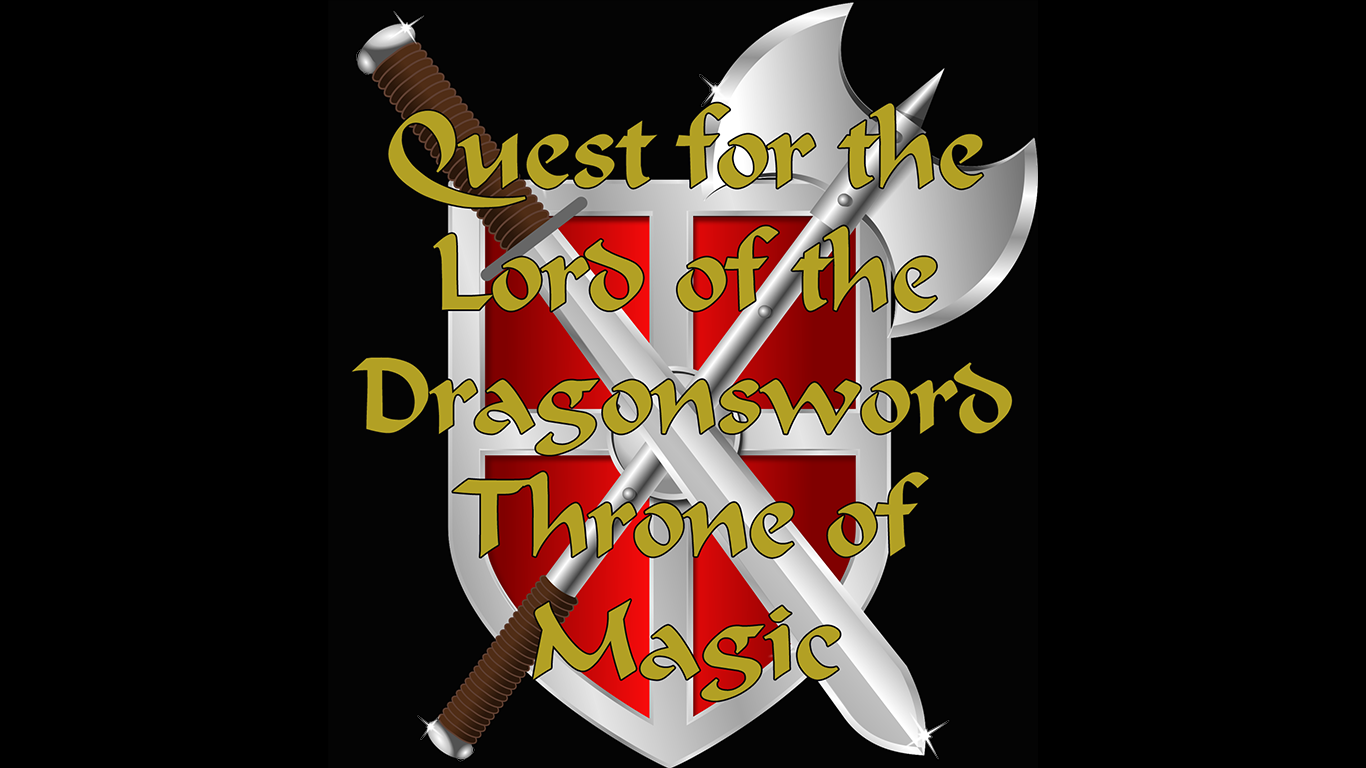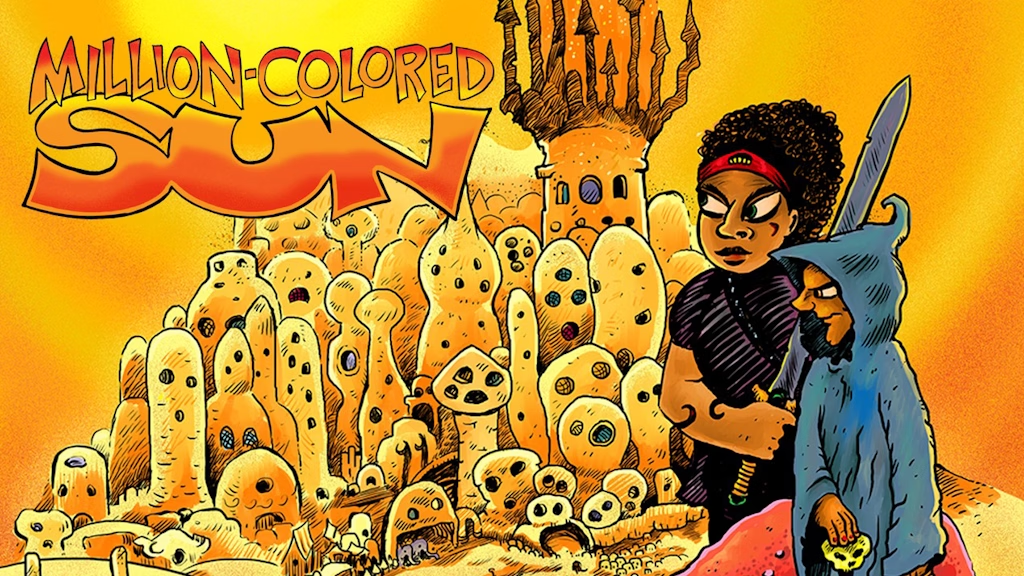We may earn money or products from the companies mentioned in this post.
Last week I posted a map and some basic information about the setting for the terrible fantasy novel I’m writing for National Novel Writing Month, The Quest For the Lord of the Dragonsword Throne. Since one of the characters is a wizardess, I’ve had to come up with some basic information about how magic works in the world. Most of the information so far has been from the perspective of an Omarian wizard, so some of what we know may be based as much on cultural norms as on the universal laws of magic in the world. I also haven’t established how closely other places follow the Omarian standard, though there is at least a suggestion that the Seven Kingdoms view magic similarly, and the Callipygians (barbarians) probably engage in more primitive rituals since they’re “suspicious of civilized magic, with its relative lack of violence and spectacle and body fluids compared to what passed for sorcery among the savages.”
Wizardry in Omaria is controlled by the Wizards’ Guild (“witch” is a derogatory term applied to non-guild wizards). Magic is known as the “The Black Arts” and spells are divided into four spheres, each associated with a color. Red magic is the magic of the body and covers things like strength spells and battle magic (though not healing). Blue magic is the magic of the soul and includes things like emotional manipulation and mind control. Gold magic is the magic of the intellect and is used for spells that improve perception and understanding–divination spells, spells to read languages or see things that are hidden, that kind of thing. Green magic is the magic of nature and covers druid-type stuff from controlling the weather to making crops grow better. Wizards who specialize in a particular color of magic may be invited to join one of the four Orders, which are sub-groups of the guild, kind of like Hogwart’s houses for grown-ups (though wizards join (or choose not to join) the Orders voluntarily–there’s no Sorting Hat or anything).
A fifth type of magic, white magic, is the magic that is channeled by servants of the gods. It’s not considered true magic by the wizards and at one point Cassie says that most people who claim to be white magicians are really just charlatans who rely on suggestion and parlor tricks.
In QAGS terms, “Wizard” is the Job and the different colors of magic are Skills. Wizards can cast magic from any of the four colors and can take Skills for more than one color if they want. Wizards have spell points equal to their Wizard Job Number plus the number of Skill Bonuses they have in magic-related skills. Wizards with Brain and/or Nerve Numbers over 13 get an additional spell point for a 14, 2 points for 15, and 3 for 16. So a Wizard with a Job Number of 12, Brain 14, and Nerve 15 and a “Blue Magic” Skill at +2 would have 17 spell points.
 Wizards can cast rituals, make potions, enchant items, and do all the usual stuff, and these use the Magic Rules! system with a spell point cost equal to the DN of the ritual. The only things that work differently are Hexes, which are the kind of spells we’ve seen Cassie using so far. A Hex is basically a quick, temporary magical effect. It might help to think of it like an interrupt or instant card in Magic: The Gathering (if I’m remembering the terminology right–I haven’t played in years). They look a lot like a spell in Harry Potter–the wizard points his staff, says something in a weird language (the magic words for the spells in the novel are their own dumb joke, but I’ll let you work that out for yourself if you’re so inclined), and something happens. When a wizard casts a Hex, the Success Degree determines the maximum effect a spell can have, but the wizard has to spend a spell point for each point of actual effect. For example, a wizard who gets a Success Degree of 10 on an attack spell but only spends 5 spell points causes 5 points of damage. What a point’s worth of spell effect means depends on the context. If the wizard is trying to do something like open a lock with magic, he’d need an effect greater than the DN a thief would need to pick the lock without magic. For spells that cause or reduce damage from a single attack, effect points translate directly to HP. If the caster wants to give someone a bonus for multiple rounds, each point is a +1 bonus for 1 round, so if you want to give someone +2 for the next 5 rounds, you need to spend 10 spell points. When there’s no existing game number to translate the effect to, the GM can always just treat every three points of spell effect as a Yum Yum when deciding how well a hex works.
Wizards can cast rituals, make potions, enchant items, and do all the usual stuff, and these use the Magic Rules! system with a spell point cost equal to the DN of the ritual. The only things that work differently are Hexes, which are the kind of spells we’ve seen Cassie using so far. A Hex is basically a quick, temporary magical effect. It might help to think of it like an interrupt or instant card in Magic: The Gathering (if I’m remembering the terminology right–I haven’t played in years). They look a lot like a spell in Harry Potter–the wizard points his staff, says something in a weird language (the magic words for the spells in the novel are their own dumb joke, but I’ll let you work that out for yourself if you’re so inclined), and something happens. When a wizard casts a Hex, the Success Degree determines the maximum effect a spell can have, but the wizard has to spend a spell point for each point of actual effect. For example, a wizard who gets a Success Degree of 10 on an attack spell but only spends 5 spell points causes 5 points of damage. What a point’s worth of spell effect means depends on the context. If the wizard is trying to do something like open a lock with magic, he’d need an effect greater than the DN a thief would need to pick the lock without magic. For spells that cause or reduce damage from a single attack, effect points translate directly to HP. If the caster wants to give someone a bonus for multiple rounds, each point is a +1 bonus for 1 round, so if you want to give someone +2 for the next 5 rounds, you need to spend 10 spell points. When there’s no existing game number to translate the effect to, the GM can always just treat every three points of spell effect as a Yum Yum when deciding how well a hex works.
White magic (which we haven’t seen in action yet in the novel) is a whole other ballgame. To use white magic, a character needs an appropriate Gimmick along the lines of “Servant of [God’s Name Here].” They don’t have spell points and basically cast spells by asking whichever god they follow to help them out. Since the gods are fickle bastards, it’s basically a crap shoot. The servant rolls Gimmick and the GM rolls d20. If the GM rolls higher (the god can’t fail his roll, so even 20s are considered a success), the god isn’t listening and nothing happens. If the player wins the roll, the magic happens with an effect equal to the difference. The GM can give bonuses or even allow an automatic success (player still rolls, but the god voluntarily rolls a zero, which they can do despite there being no zero on a d20 because they’re gods) if she thinks the god actually cares about whatever the player is trying to do (usually because it’s something the god needs the player to do).
If you don’t support me on Patreon, the terrorists win.






